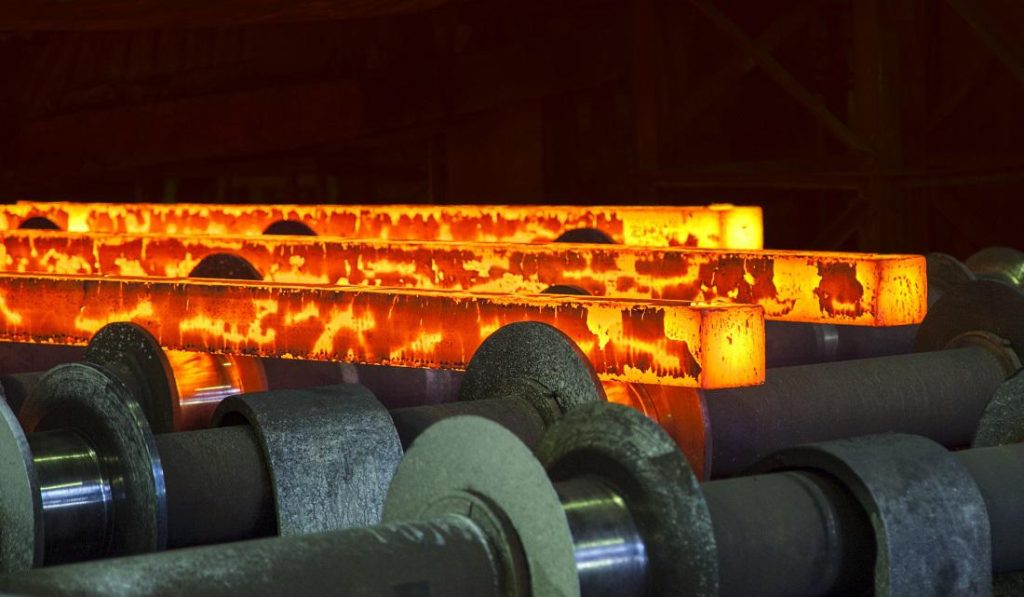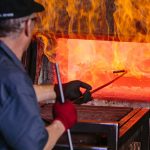Heat treatment is the name given to the process of heating metal above the critical temperature, at which internal changes occur, and then cooling the metal slowly or rapidly to give it more desirable physical and mechanical properties.
The heat treatment process are normalizing, annealing, hardening and tempering.
Normalizing
Steel is normalized by heating it slowly to just above the temperature at which the changes in the internal structure takes place; it is then soaked at this temperature. After the soaking period, the steel is slowly cooled in air. Air cooling is referred to as medium cooling.
Normalizing refines the grain structure of the steel.
Annealing
Annealing is similar to normalizing. Different rates of cooling are required for different materials. Steel is annealed by heating to required temperature at which its internal structure changes, and then soaking at this temperature. After soaking, the steel is cooled slowly in a furnace. Furnace cooling is referred to as slow cooling.
§ Annealing refines the grain structure, reduces hardness, and increases ductility.
Hardening
Steel is hardened by heating to a specified temperature followed by rapid cooling. The cooling may be in the air, or by quenching in oil or water: the method used depends on the type of steel and the properties required. A gain in hardness is accompanied by a loss in ductility. In the fully hardened state steel is brittle. Steels containing very small amounts of carbon cannot be hardened.
Tempering
Steel is tempered by heating hardened steel and then cooling it by air or quenching. The temperature to which it is heated and he quenching rate control the degree of hardness, strength and ducility.
Steel is tempered to obtain special mechanical or physical properties. Important engine parts such as coupling bolts, bearing bolts, and parts subjected to alternating stress, are tempered to increase their strength and resistance to fatigue failure.
Surface Hardening
Surface hardening is a process by which the structure of the surface of a material is changed to give it better wearing properties. The process may increase the carbon content of the steel by caburization or, in the case of steels with higher carbon content, by heat treating the surface concerned.
The names of various surface hardening processes are as follows.
Carburizing Process
§ Cyaniding – Pack Method
§ Nitriding – Gas Method
Heat Treatment Process
§ Flame Hardening
§ Induction Hardening


